How to easily get rid of odor and mold in an automatic washing machine?
Unpleasant odors and dirt in the form of black spots or dots are perhaps the most common problems when using modern automatic washing machines. Not knowing how to deal with the problem, housewives often bring the condition of the car to a critical point, when it either has to be seriously repaired or completely replaced. However, there are many proven ways to quickly get rid of odor and mold in an automatic washing machine.

Where do odors and fungi come from?
Unfortunately, improper operation is the main cause of most problems with household appliances. We ourselves, without knowing it, make our washing machine a breeding ground for bacteria, microbes, fungi, that is, we create a favorable environment for their active reproduction.
An unpleasant smell in the room, on washed clothes, allergic reactions of household members and even premature breakdown of the washing machine - all these are possible consequences of such “settlement”. But how do housewives provoke him?
There are many reasons for the appearance of odors:
- Constant washing on a fast cycle at low temperature. Indicators above 60 degrees are detrimental for fungus (in a quick wash they are much lower, and these, on the contrary, are favorable conditions for it).
- Using fabric softener without running an extra rinse cycle.Conditioner is more difficult to wash out than powder, and its residue forms a layer of mucus in the rinse aid compartment, which becomes thicker over time. And this is a real paradise for pathogenic microflora.
- Lack of washing powder with a bleaching effect in the housewife's arsenal. It has disinfecting properties, so it is necessary to periodically wash white clothes with it.
- Appearance of dampness. This happens if, after washing, you do not wipe the detergent tray and the rubber of the loading window dry, do not leave the machine open to dry, or have the habit of throwing wet things (drenched in something or soaked in sweat) into the machine until the next wash.
- Poor-quality powder or conditioner or excessive dosage of laundry detergents. At the same time, their particles stick to the walls of the machine, and over time they begin to emit a rotten smell.
- Gradual contamination of the powder reservoir with detergent particles. This happens even with a normal dosage of high-quality powder. If the tray is not washed and dried at least a couple of times a month, mold fungi begin to multiply on these “deposits”, emitting a musty smell.
- The same thing happens with the channel for supplying powder or conditioner.
- A clogged drain filter that catches all kinds of debris from the drum. If the filter is not cleaned at least 2-3 times a year, all its “savings” begin to decompose, becoming a source of musty, rotten, putrid “aroma” or even the cause of “blocking” the drain.
- An old drain hose also gradually accumulates particles of debris and detergents, the decomposition of which causes the washing machine to smell like a sewer.
- Over time, a similar coating builds up on the heating element.With constant “cold” washes, such scale begins to emit a stench.
- After each wash, there is always a little water left in the machine that is not visible. If the loading window is tightly closed until the next time, this water goes out and smells accordingly.
- If you accidentally wash clothes with a piece of bun, cookie, chewing gum or other food left in the pockets, their softened remains will quickly begin to emit a stench.
Often several different reasons are layered on top of each other at the same time. But in any case, you will have to clean the washing machine.
Cleaning the washing machine
If the car smells damp, but the fungus is not visible externally, this is not a reason to think that it is not there. Colonies can hide under a rubber rim or in other secret places (in a hose, drain). You can get rid of smell and mold in an automatic washing machine at home using different methods. A very simple and quick, but at the same time very effective way to rid it of stench, fungus and dirt is to use a handy product containing acid: mold is very afraid of it. For example, you can take citric acid or vinegar.
- Cleaning with citric acid
Pour a glass of citric acid into a clean and dry powder tray and run the longest wash cycle at maximum temperature without loading laundry. After this, you will need to wipe the insides of the drum.
- Cleaning with vinegar
This is a more concentrated acid, so you will need less of it: half a glass. The washing is started in the same mode. Only the vinegar is not poured in immediately, but after the machine has drained the first portion of water.
In addition to acids, the fungus is afraid of high temperatures and dryness.Carry out acid cleaning in the “hottest” mode, rid the household appliance of dampness by wiping it thoroughly, leaving the door open and ensuring the room is ventilated. The victory will be unconditional.
Other remedies that can eliminate the immediate problem are baking soda, dishwasher tablets, and chlorine bleach.
- Cleaning with baking soda
This product is suitable for destroying local areas with fungus when there is still a small amount of it. Baking soda helps remove mold from accessible places: drum, detergent reservoir, rubber band, door seal.
For treatment, mix several tablespoons of soda with water to obtain a paste-like mass, which is used to treat fungal lesions with a brush. The baking soda should work for about half an hour. After this, they also start the wash “idle”, setting the maximum time and temperature. For greater effectiveness, you can pour a couple of spoons of powder into the tray.
- Cleaning with dishwasher tablets
The peculiarity of this method is that the tablets (6 pieces) are placed not in a powder reservoir, but directly in a drum. Next, start the wash as described above. Approximately in the middle of the cycle, you need to pause the program (or turn off the machine if it does not have such a function) and wait for at least 3 hours. During this time, boiling water and the active ingredients of the tablet should remove odor and mold. After this, the washing is completed.
- Cleaning with chlorine-containing products
This method of eliminating odor and fungus is good for very advanced cases, but is not suitable for all cars. The instructions must indicate that the use of chlorine is acceptable.
The principle is the same: long wash at high temperature without laundry.Pour a liter of chlorine bleach into the powder reservoir and start the wash. Likewise, in the middle of the process, the machine is stopped for at least an hour and a half, after which it is started again.
At the end of the cycle, pour 2 cups of 9% vinegar into the tank and start the rinse mode.
After this treatment, the car should be left open for at least a couple of days so that the chlorine and vinegar vapors disappear.
Do not try to shorten the process time or increase its efficiency by pouring chlorine and vinegar into the tray at the same time. This is a very explosive mixture that can damage the parts and mechanisms of the device.
When cleaning at home, pay attention to the sounds your washing machine makes. If large pieces of plaque and scale get into the drain, they must be removed immediately, otherwise your assistant may be damaged. Unusual noise, whistling, grinding, buzzing is a reason to immediately press pause and check for the presence of pieces of deposits in the drum and drain.
Prevention of relapse
Mold is a rather annoying and stubborn fungus. Once you delete it, you cannot be sure that it will not appear again. As soon as conditions are favorable, mold will settle in the washer again. To prevent this, it is important to constantly maintain an uncomfortable environment for her:
- after each wash, be sure to wipe dry all accessible cavities: tray, drum, seal, elastic band, hatch;
- contrary to the annoying advertising video, it is important to leave the washing machine window slightly open between washes, but the tray must be removed, rinsed and left to dry;
- in the room where the machine is located, there must be a ventilation system, otherwise a problem may arise due to dampness not in the machine itself, but around it;
- after the end of the washing cycle, the laundry must be removed immediately, without allowing it to keep the drum wet;
- Do not store dirty things in the drum - there are special baskets or bins for this. Otherwise, a musty smell will appear in the machine (even if the laundry is dry, there are always microorganisms on it, and particles of dried food, dead skin cells, ingrained sweat or other secretions are an excellent environment for their reproduction);
- when using conditioner, it is better to pour in less of it than more, and be sure to run an additional rinse to wash away any remaining product;
- the rinse aid and powder must be of high quality; you cannot skimp on them for the benefit of fungal development;
- once a month it is necessary to treat the cavities of the machine with the hottest possible water using a “idle” wash at the maximum time and temperature - such prevention will allow you to regularly get rid of microorganisms and fungi, preventing them from multiplying;
- every six months it is advisable to “run” the washing machine without washing clothes with citric acid;
- the hose and filter also require cleaning at least once every six months.
It is always easier to prevent any problem than to then look for ways to resolve it. Odor and mold in an automatic car is no exception. If you do not take preventive measures, in a favorable environment the fungus and the accompanying “aroma” will certainly appear, even if they were not there before. Well, if you have, you need to take extra care of your car.
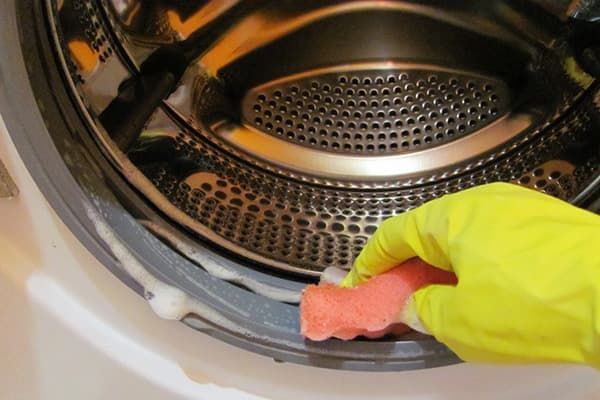
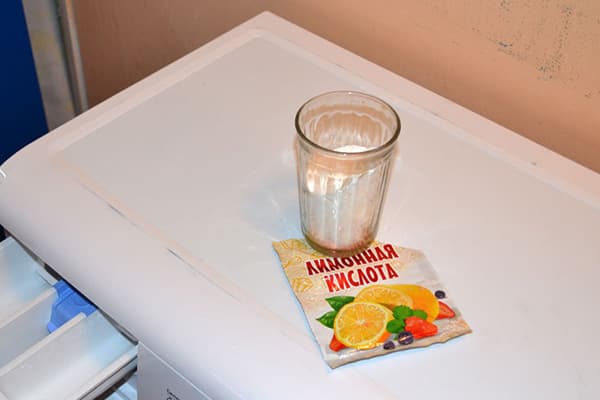
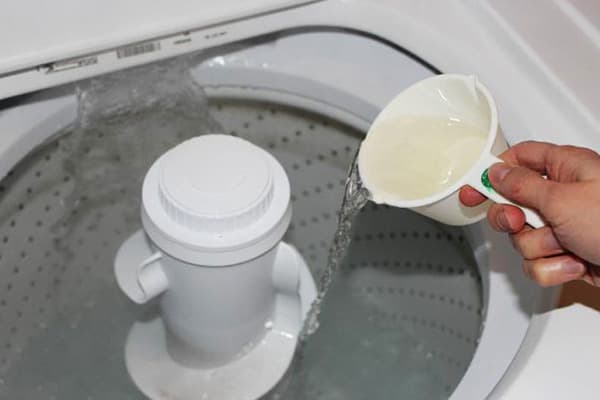
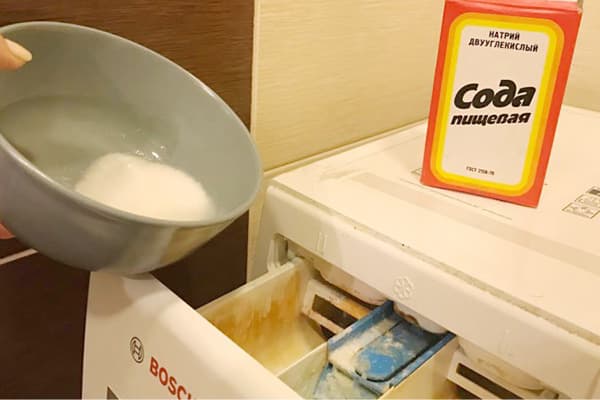
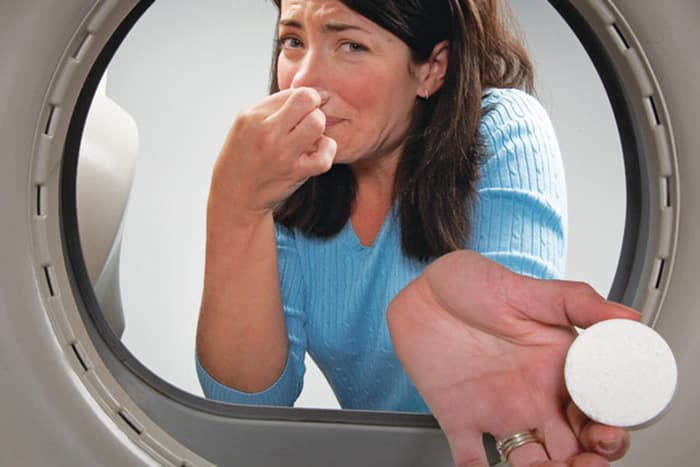
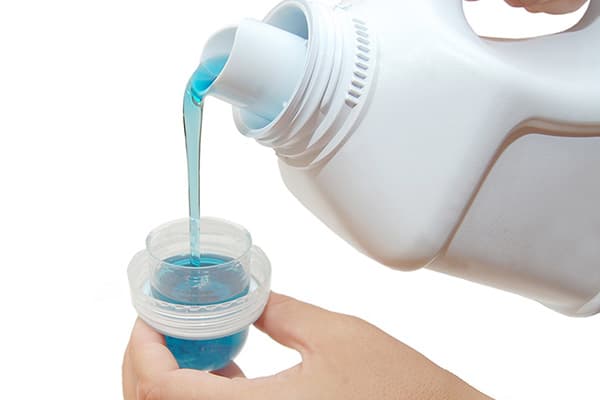
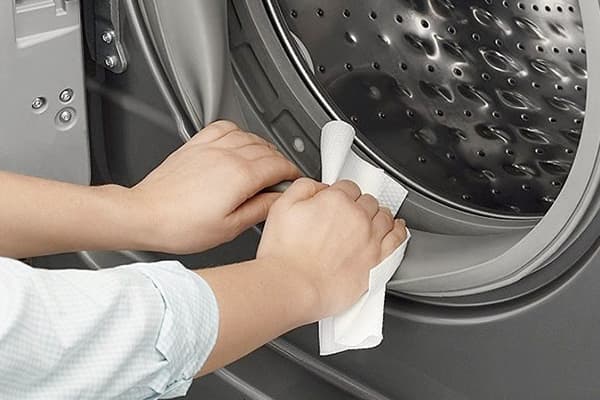
The washing machine gave off an unpleasant smell of dampness and mold. And it seems you can’t see where she is. I tried the method with citric acid. The smell is gone. Thanks for the easy way